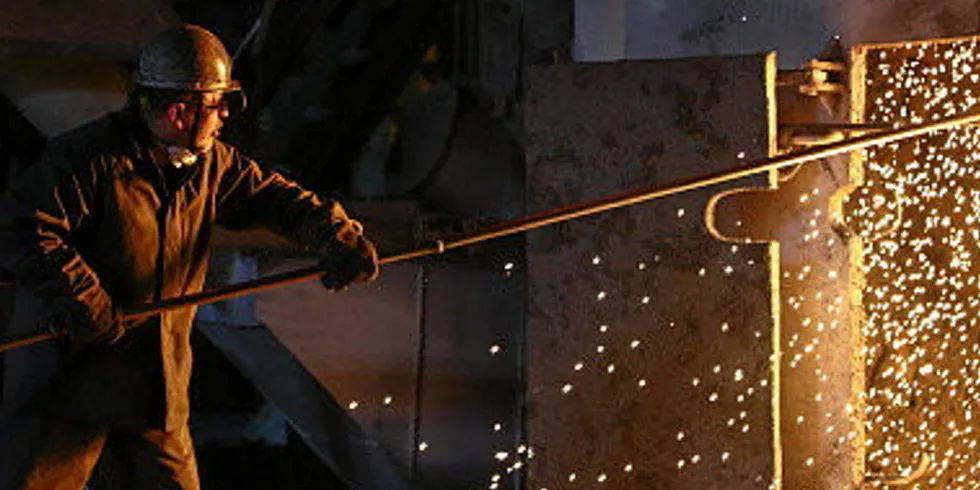Europe 'needs 25.5GW of new wind power for green hydrogen by 2030': EU steel producers
Green steel would require 150TWh of renewable energy — half of which would be needed exclusively for H2 production, industry says

Green steel would require 150TWh of renewable energy — half of which would be needed exclusively for H2 production, industry says
